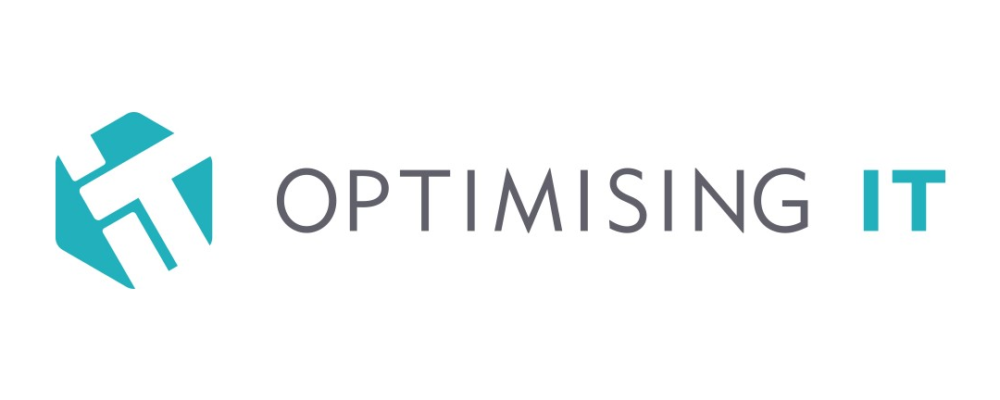For seasoned managers, leading remote teams looks simple enough on paper. But as anyone who has led the transition to remote work during the pandemic will tell you, it’s anything but.
Nearly two years into the pandemic, it’s clear that remote work — or hybrid work, at least — is here to stay. According to a Rada Business survey, nearly half of workers say they are either “extremely or very interested” in permanent remote work in a post-pandemic world. It’s a sentiment that’s particularly prevalent among Gen Z and millennial employees, with 61% and 51%, respectively, wanting permanent remote work.
Advocates of remote work have long touted its benefits. Studies show that working from home not only results in better work-life balance but also makes employees more productive than working in a traditional office. However, as hundreds of managers have learned over the last two years, leading a remote workforce can be incredibly challenging. A 2020 Harvard Business Review report found that 40% of supervisors and managers did not have the self-confidence to successfully manage their remote teams.

If you’re currently managing a remote team and feel you can do more to improve their well-being and productivity in 2022, we’ve put together a quick guide to help you set up your workers for success.
Related Reading: How to Implement Remote Working: An Expert’s Tech Guide
PRIMARY CHALLENGES OF REMOTE WORKING
The first step of leading a remote team is to understand the common challenges and pitfalls. These can be broken down into four primary areas:
1. LACK OF STRUCTURE
Much of the conversation around remote work tends to focus on ensuring employees have the tools to work and communicate with other team members.
However, successful remote teams are driven by clear guidelines and processes for getting work done — all of which begins with management. This is especially true if your company has subscribed to a “butts in seat” management style for years.
2. PROVIDING TOOLS AND SOFTWARE FOR REMOTE WORK
There’s no shortage of software and tools for remote workers to be productive, collaborate with other team members and securely access and share your company’s data. Remote managers must take the time to understand which tool works for the size of their team and the kind of work they do.
3. KEEPING REMOTE DATA SECURE
Aside from providing employees with the work tools and processes to work independently from home, companies must also ensure that any tools or systems workers bring with them are secure to prevent issues like data breaches and fraud.
Related Reading: The Importance Of Cyber Security And The Cloud For Remote Teams
4. SUPPORTING A WORK-LIFE BALANCE
Managers need to ensure that remote staff can maintain optimal work-life balance. While remote work has been a boon for many, it has also been extremely challenging for others. Among the most common complaints associated with remote work is that it blurs the line between personal and work life.
According to a poll by the Royal Society for Public Health (RSPH), 56% of people working from home said they “found it harder to switch off.” What’s more, only 34% said their employers had been offering mental health support.
TOP TIPS FOR LEADING REMOTE TEAMS IN 2022
While the global transition to remote work occurred under less than favourable conditions, it has highlighted the qualities, habits and tech stacks that drive remote team success.
ENCOURAGE DAILY CHECK-INS
Mandating daily check-ins can seem intrusive to remote workers, but the trick is to make it part of a remote worker’s routine that it becomes a habit — much like checking morning emails or plotting the week’s schedule.
A quick “Hi, this is what I worked on yesterday, and these are the things on my plate today” will go a long way towards helping managers stay on top of things.
REMOTE WORK TOOL TO USE: MICROSOFT TEAMS
MS Teams is one of the industry’s leading communication and collaboration platforms, allowing remote workers to interact one-on-one, join group chats and share files (no more missed attachments in emails).
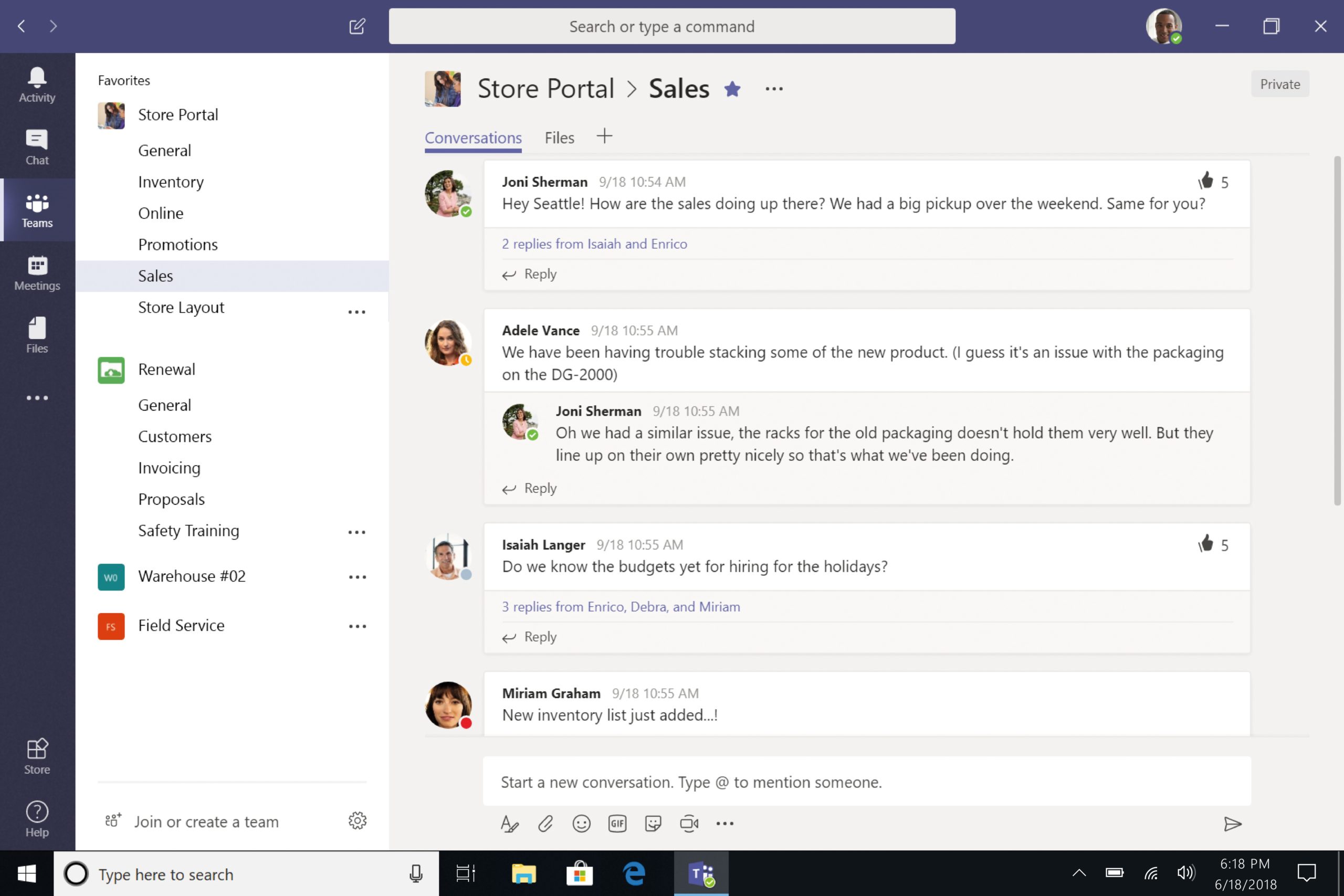
MS Teams’ greatest strength is its tight integration with the Microsoft ecosystem. So if you’re already deep into Office 365, adding MS Teams to your tech stack should be quick and simple. Microsoft Teams also supports third-party applications, such as Asana, Salesforce and more.
Related Reading: Microsoft Teams – Plan for Long-Term Flexible Working
CREATE A REMOTE WORK POLICY
Putting down a policy on paper helps establish the ground rules of your organisation’s remote work practices. While every company’s policy is unique, your remote work bible, if you will, must answer the following questions:
- Which roles in the company can be done remotely?
- Which roles can’t?
- How will employees be compensated?
- Will their utilities, rent and equipment be subsidised?
- What tools will remote workers need?
- How will these tools be made available to them?
- What are the guidelines for communicating with remote staff?
- What metrics will be used to measure remote teams’ performance?
- What are acceptable and unacceptable remote work practices?
It’s also important to remember that this policy should change as your remote team grows and evolves.
REMOTE WORK TOOL TO USE: ZOHO PEOPLE
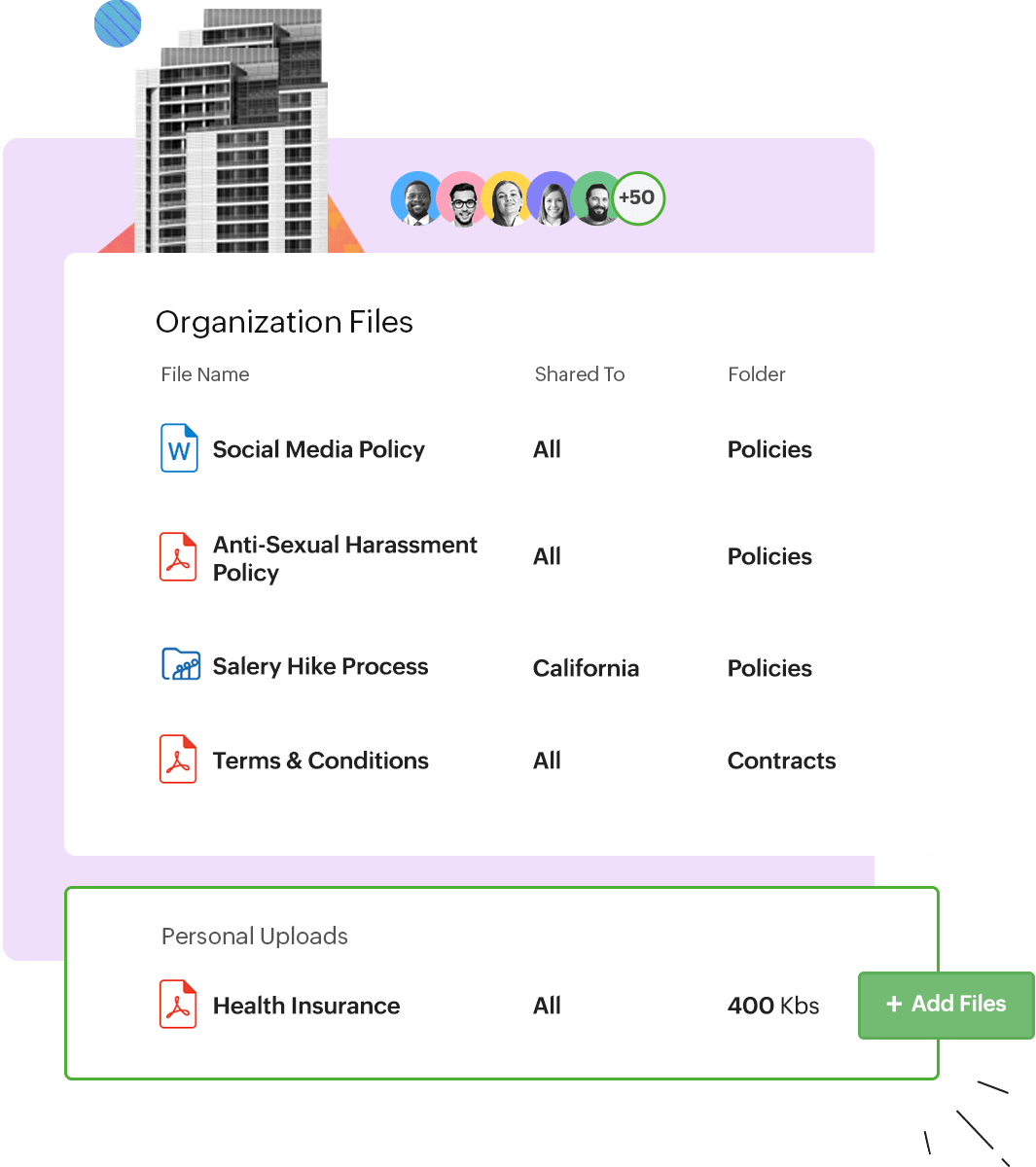
Zoho People, an HR management system, offers a useful digital file cabinet that lets your HR department store different kinds of documents — each with custom access controls. This lets you create and share company policies and handbooks with all your remote workers.
PRIORITISE MENTAL HEALTH
The massive exodus to remote work, along with unprecedented social distancing protocols due to COVID, has put the importance of employee mental health under the spotlight. Buffer’s 2021 State of Remote Work report shows that the inability to unplug, isolation and lack of motivation were among the top challenges of working remotely during the past year.
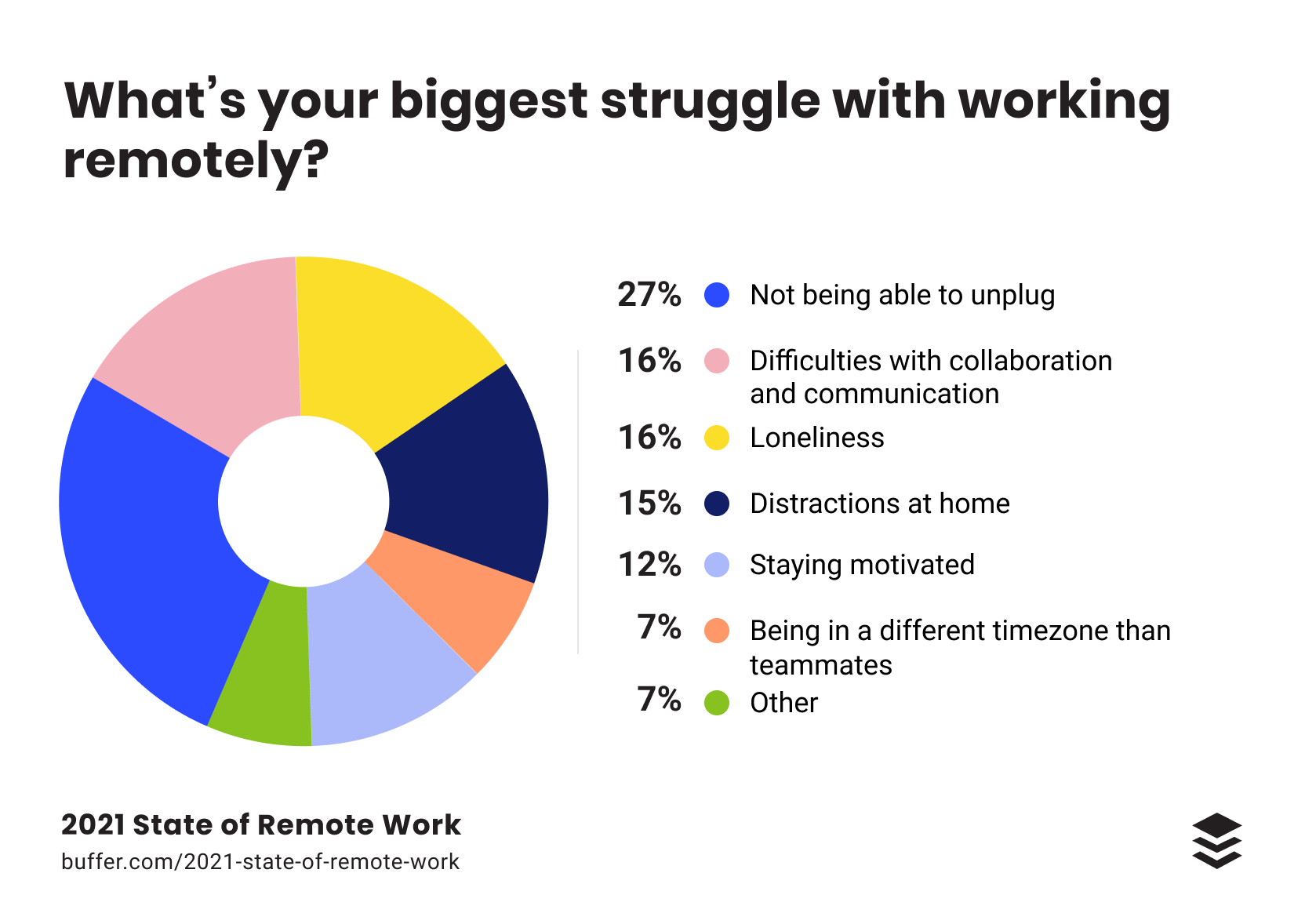
One way to address the mental health of your remote workers is to offer an Employee Assistance Programme (EAP), which can include counselling services and telephone health support.
REMOTE WORK TOOL TO USE: HEADSPACE FOR WORK
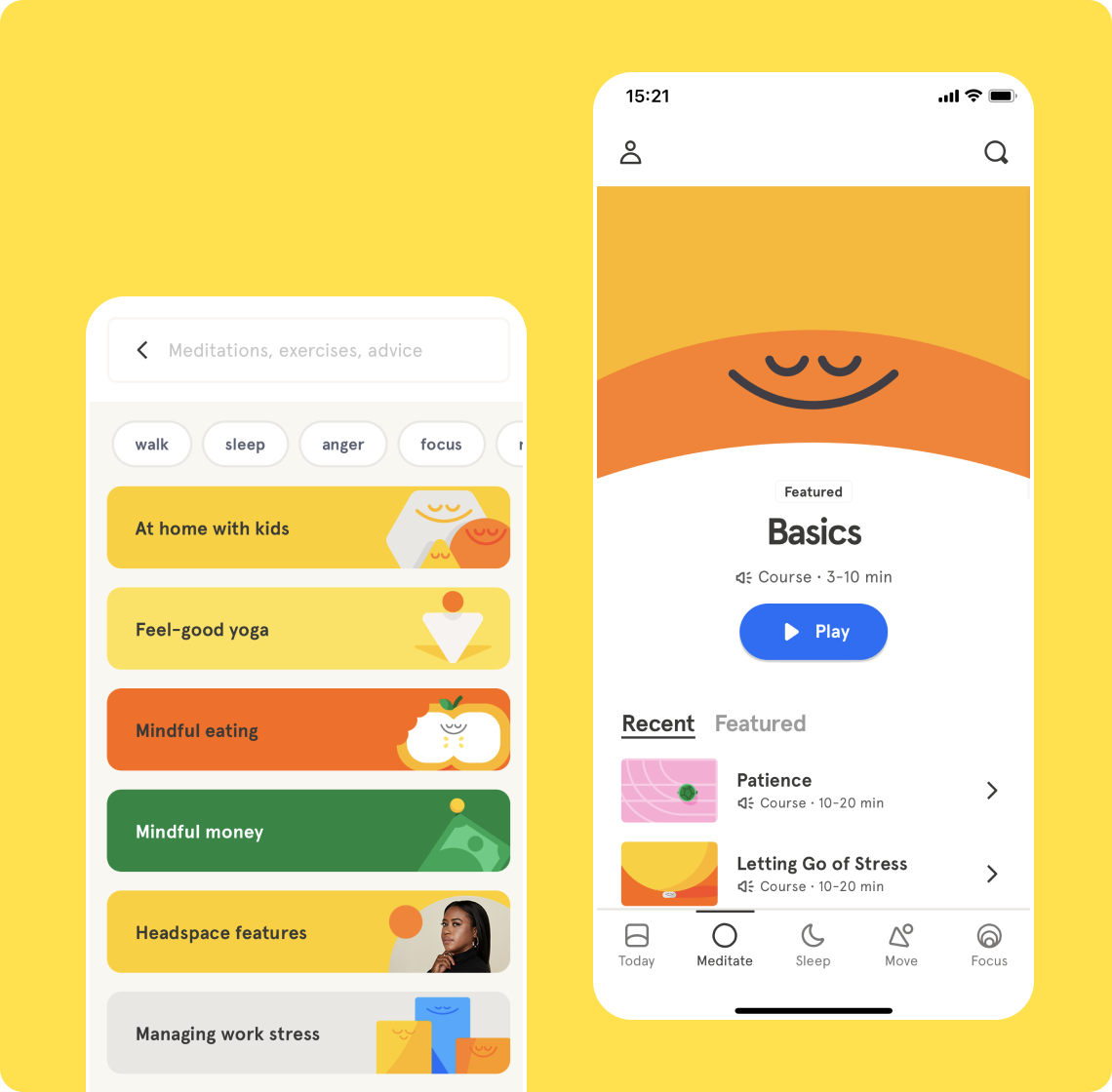
Multiple studies show that meditation is a great way to reduce anxiety and improve focus. Headspace, the popular meditation app, also offers services designed for businesses. Headspace for Work helps employers encourage their workers to integrate mindfulness into their lives by providing hundreds of meditations and exercises, as well as custom features such as live meditations and community programming.
Related Reading: Managing Remote Teams: 4 Best Practices Used by Successful Remote Teams
MAKE SUCCESSFUL REMOTE WORK A REALITY IN 2022
Contact the team at Optimising IT today to learn more about personalised IT consultancy services for remote teams, such as cyber security training, cloud services, and Microsoft 365 licensing and support. Talk to one of our experts to get recommendations on what cloud-based tools and applications you can use to succeed in your remote environment.
